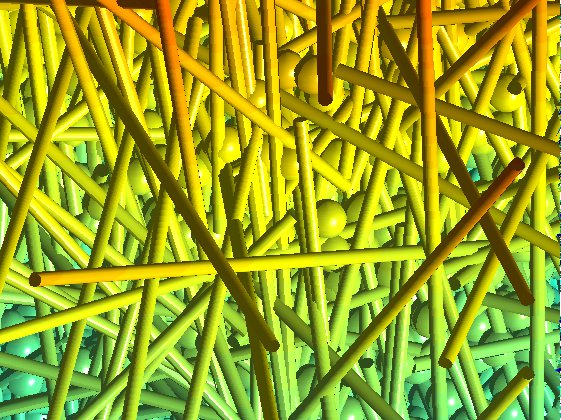Section: New Results
Diffusion MRI
Participants : Jing-Rebecca Li, Houssem Haddar, Dang Van Nguyen, Hang Tuan Nguyen.
Diffusion Magnetic Resonance Imaging (DMRI) is a promising tool to obtain useful information on microscopic structure and has been extensively applied to biological tissues. In particular, we would like to focus on two applications:
-
inferring from DMRI measurements changes in the cellular volume fraction occurring upon various physiological or pathological conditions.
This application is one of the first to show the promise of DMRI because it can detect acute cerebral ischemia (cell swelling) on the basis of lower than normal apparent diffusion coefficient a few minutes after stroke.
-
estimating the average cell size in the case of tumor imaging
This application is useful as a diagnostic tool as well as a tool for the evaluation of tumor treatments.
For both of the above applications we approach the problem via the following steps:
-
Construct reduced models of the multiple-compartment Bloch-Torrey partial differential equation (PDE) using homogenization methods.
-
Invert the resulting reduced models for the biological parameters of interest: the cellular volume fraction in the first case, and the average distance between neighboring cells in the second case.
We obtained the following results.
-
We generated fairly complicated meshes that can be used to simulate diffusion in cerebral gray matter. In the Finite Elements code, this required using the mesh generation software Salome, developed at the CEA Saclay. We are working on the problem of increasing the cellular volume fraction to a physically realistic level, which is difficult for the mesh generator because of the very small distances between the neurons. An article describing the Finite Elements code has been accepted by the Journal of Computational Physics, to be published in 2014. An article on a version of the code using Finite Volume discretization has been accepted by Physics in Medicine and Biology, published in 2013.
-
We developed a reduce model of the DMRI signal using homogenization methods. Two articles on this topic have been submitted.




